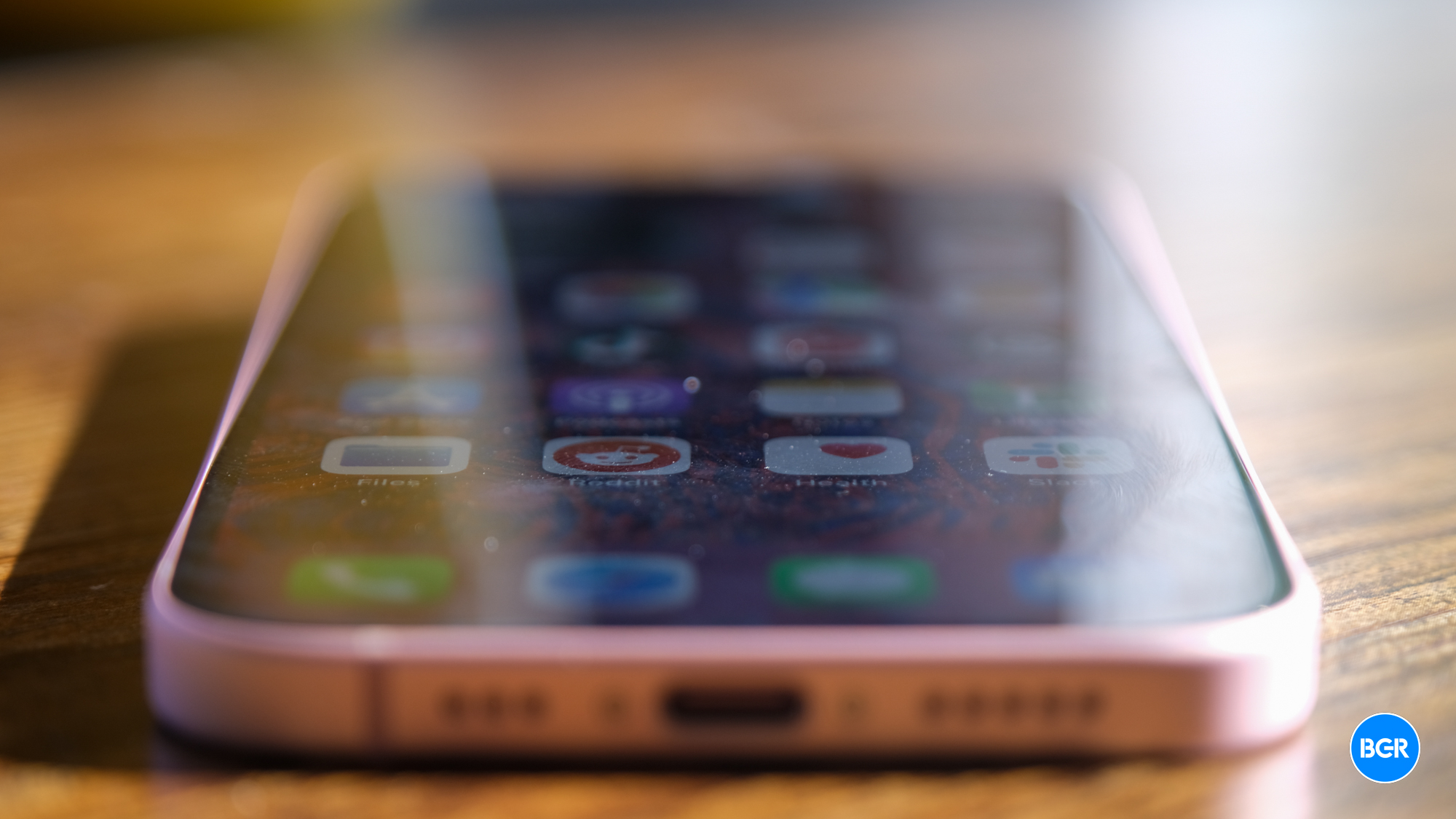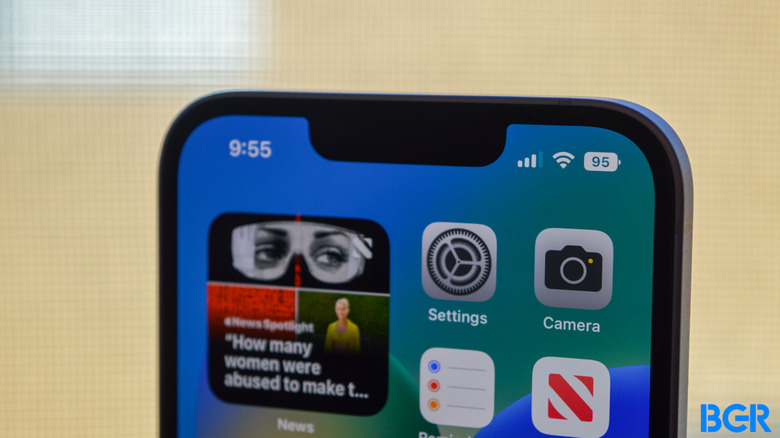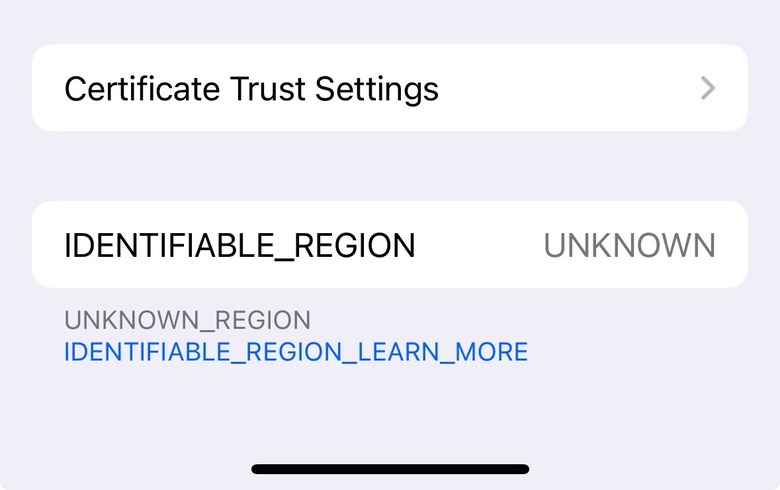How Apple Will Stop iPhone Sideloading Outside Of Europe
Just as I had suspected, Apple rolled out iOS 17.4 beta 1 with support for iPhone sideloading and all the other Digital Markets Act (DMA) requirements it has to implement by March 7th.
I went and installed iOS 17.4 beta 1, looking for signs of iPhone sideloading support in iOS, but I didn't find any. Apple will probably enable information screens as we get closer to that deadline and as developers actually start making apps available for sideloading.
I might not be a fan of sideloading, but I'll be able to see how everything works since I live in the EU. International iPhone owners who actually want to sideload apps and all that entails will not be able to do it even if the features were enabled in iOS 17.4 beta 1.
Apple made it clear from the announcement that the features will be restricted to Europe due to the DMA legislation. This implied that Apple would enforce the measure by placing restrictions on international iPhone users.
It's not just about location. When the Vision Pro preorders started, I realized that Apple might use the Apple ID location to prevent access to sideloading. Discoveries in iOS 17.4 beta 1 code suggest that's exactly what will happen.
You can use a VPN service to access streaming content like Netflix and Disney Plus when you're traveling. Or, depending how good the VPN is, to access streaming content from a different region. But that would be too simple of a trick to get sideloading on your iPhone. Pretending you're in Europe won't be enough. I suspected that long before Apple's announcement on Thursday.

The sideloading restrictions
Apple has not explained in its documentation how it'll prevent Americans and other international users from accessing sideloading and third-party app stores in Europe. But 9to5Mac looked at the iOS code for clues about how Apple will check whether a device is eligible for the DMA experience (sideloading and everything else).
Here's what iOS will look for:
- Apple ID billing address
- The user's current location (apparently Apple is only checking the country and not a precise location for privacy reasons)
- The current region set in iOS settings
- The device class (whether it's an iPhone, iPad, etc.)
That's right, it'll be incredibly difficult to fool this system. You might want to circumvent location checks, but Apple ID billing address is more difficult. International iPhone users would have to create another Apple ID for Europe, complete with a valid address and payment system. Some people might be able to do it, but it's not an easy fit.
Moreover, the report notes that Apple added a new section in the About menu in the Settings app. Placed right at the end of the menu, there's an "identifiable_region" section that will list the region the iPhone is in use right now. This is speculation, as the feature doesn't work in iOS 17.4 beta 1. I can confirm that my iPhone shows the new menu item, as seen above.
The report also notes that iOS will check whether a device comes from China, and it'll restrict sideloading. It's unclear why this setting would be enabled. It might have to do with the App Store restrictions in China that travelers might want to circumvent if visiting or staying in Europe for a longer time.
How app marketplaces will work
Finally, 9to5Mac also found more details on the Managed App Distribution API, which we first saw in November. At the time, I thought it was a new iOS feature connected to sideloading, though another explanation was MDM use. It turns out that Apple will use this API to allow third-party app stores, or app marketplaces, on iPhone in the EU.
iOS 17.4 beta adds a new component to the API called "MarketplaceKitBridge," which seems to confirm previous suspicions.
I'll also add the obvious disclaimer. iOS 17.4 is still in beta, and Apple can always change how it'll determine whether an iPhone or iPad is eligible for sideloading, and everything else coming to the iPhone experience in Europe.

